Other
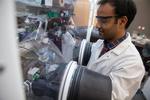
“Jimmy Jiang envisions a future where every house is powered by renewable energy stored in batteries — perhaps even those he and his students are designing today. In his chemistry lab, Jiang and his students at the University of Cincinnati have …
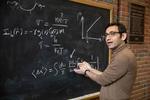
“Physicists at the University of Cincinnati are learning more about the bizarre behavior of “strange metals,” which operate outside the normal rules of electricity. Theoretical physicist Yashar Komijani, an assistant professor in UC’s College of Arts and Sciences, contributed …
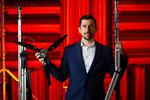
“One obstacle to realizing the dream of flying cars is noise — imagine 1,000 leaf blowers intruding over your backyard barbecue. It’s not just flying cars but drones as well. Complaints about the high-pitched keening of propellers could lead …

“One flaw in the notion that robots will take over the world is that the world is full of doors. And doors are kryptonite to robots, said Ou Ma, an aerospace engineering professor at the University of Cincinnati. “Robots can …

“To train robots how to work independently but cooperatively, researchers at the University of Cincinnati gave them a relatable task: move a couch. If you’ve ever helped someone move furniture, you know it takes coordination — simultaneously pushing or pulling …
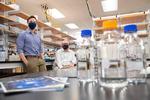
“Research could contribute to green energy, better batteries To understand the fundamental properties of an industrial solvent, chemists with the University of Cincinnati turned to a supercomputer. UC chemistry professor and department head Thomas Beck and UC graduate student Andrew …
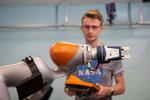
“For his latest study, professor Ou Ma engineered robots to work independently but collaboratively When satellites break, which is surprisingly often, there isn’t much you can do about them. They become expensive and dangerous flotsam, orbiting Earth for years …
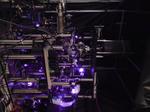
“A team of researchers at the University of California, Berkeley, has found a new way to measure gravity—by noting differences in atoms in a superposition state, suspended in the air by lasers. In their paper published in the journal …

“A new material that is as stiff as metal but flexible enough to withstand strong vibrations could transform the car manufacturing industry, say experts from the University of Surrey. In a paper published in Scientific Reports, scientists from Surrey joined …

“UC’s Nanoworld Laboratories collaborates with the U.S. Air Force, the U.S. Army and NASA to investigate new uses for carbon nanotubes in military uniforms and fabric that can double as batteries. Engineers with the University of Cincinnati …

